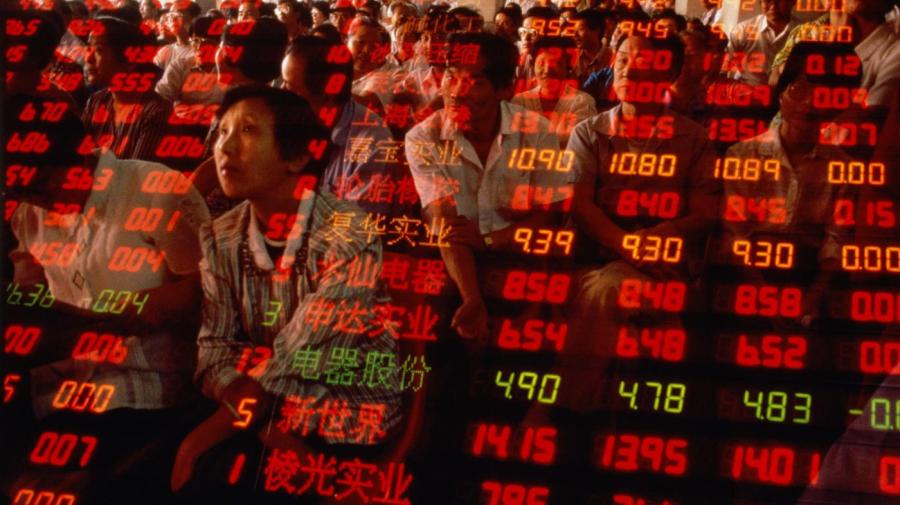What Type of Economic System Does China Have?

China’s economic system is a blend of socialism and capitalism called a socialist market economy. Under this system, the state still owns the means of production, but the market portions out resources.
The Transition from Pure Socialism to Market Socialism Founded in 1949, the People’s Republic of China is a socialist state. In fact, one of the first acts of the new communist-led government was to eliminate landlords in the country’s interior region and assign all property to state ownership. The early economy relied heavily on agriculture production and heavy industry as a way to build infrastructure. After the death of Mao Zedong, the government saw the disadvantage of keeping itself secluded from the rest of the world and started on the path toward a freer economic system.
Special Economic Zones In 1978, Chinese leader Deng Xiaoping oversaw the implementation of the Open Door Policy, which allowed investors to make profits. As part of the new policy, the Chinese government established special economic zones in four coastal cities. Investors flocked to these cities, and their investments resulted in rapid expansion of real estate, transportation, utilities and communication. These special economic zones offered several advantages to investors, including access to China’s low cost labor pool and corporate-friendly tax structure.
Based on the success of the initial special economic zones, China established fourteen more in 1984 and moved inland in 1992. By 2005, there were more than 200 national development zones within China’s borders. Provinces and municipalities also started creating their own development zones designed to attract investors and boost production in their regions. After the shift from pure socialism to market socialism, the Chinese economy grew, on average, ten percent each year, and more than 800 million people made enough money to get out of poverty.
Made in China Three industries dominate China’s economy: manufacturing, services and agriculture. The country produces more goods than any other country in the world and is a leading producer of air conditioners, personal computers, solar cells, shoes and ships. It also dominates the agriculture industry with top crops such as rice, wheat, tobacco, potatoes and soybeans. The country’s twelfth five-year economic plan included a push into biotechnology, renewable energy and alternative fuels, and the government allocated resources specifically to encourage investment in these fields.
A Global Economic Leader The global financial crisis of 2008 brought China to the forefront as one of the world’s economic leaders. Its government leaders still play a role in the country’s economic development. For example, when people started moving to urban areas where they had an opportunity to make more , the government opened special economic zones in the interior regions to spur growth there.
Priorities have also shifted, as the country begins to deal with the challenges that grew along with the economy. There’s still income inequality, especially between the interior and coastal provinces. In fact, as of 2015, China had more billionaires than the United States, but it also has a considerable number of people living in poverty. This leads to rapid urbanization as the individuals and families seek higher wages in the cities and strain the infrastructure there.





